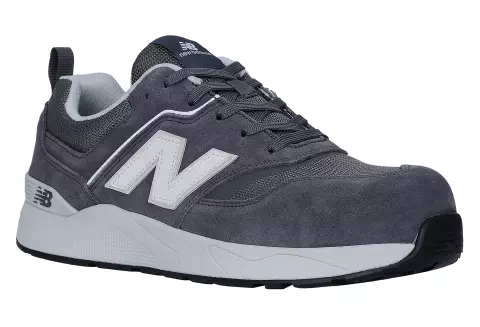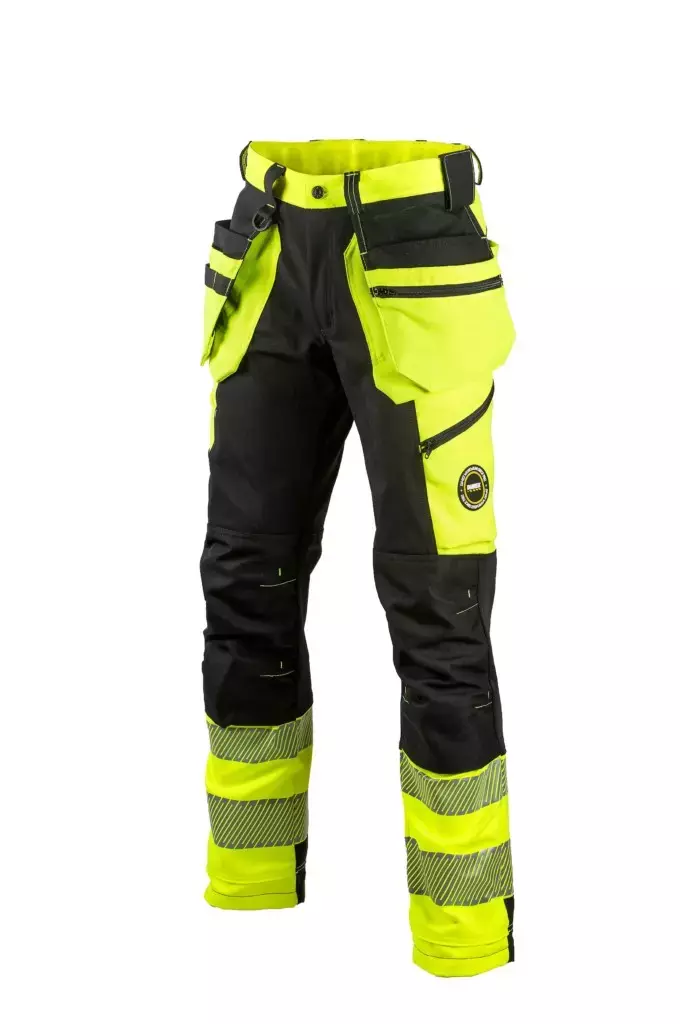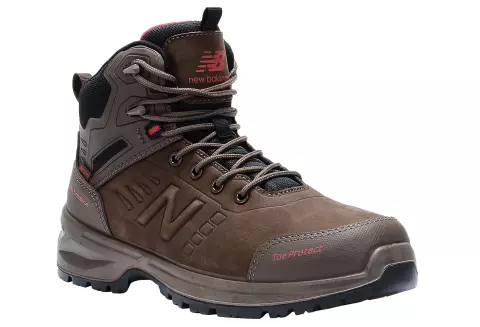
Aggregate Planning: Tips & Strategies
Introduction: Strategic production planning is essential for businesses aiming to meet demand efficiently while maximising profits. Producing too few items...

Get 20€ off on your first order!
Procurement workflows help companies and finance departments to simplify their purchasing procedures. Effective procurement procedures lower costs, improve accountability and openness, and hence support the success of an organisation.
You’ll: After reading this:
Understand the challenges of optimising procurement procedures, such as organisational change resistance, data security, business goals alignment, and stakeholder buy-in.
Change management, data protection, strategic alignment, and stakeholder engagement best practices can help you overcome these problems.
We cover procurement workflows’ importance, important components, streamlining solutions, optimisation issues, and continuous improvement best practices in this complete overview. This advice will help companies set up and manage procurement processes to boost growth and reduce risk.
Companies follow procurement workflows to buy goods and services. From requirement identification to supplier selection, delivery, and payment, it covers it all. Procurement procedures guarantee purchase transparency, accountability, and control. Procurement workflows reduce fraud, errors, and team workload by standardising the process.
Administrative preferences aside, efficient procurement operations save operational costs and save time, which can be used to fuel development and innovation. Procurement workflows guide the purchasing process from requirement identification to payment. The following are how optimised procurement workflows can transform companies:

/package

/package

/package

/package

/package

/package

/package

/package

/package

/package

/package

/piece

/package

/package

/package

/package

/pair

/package

/pair

/package

/package

/package

/package

/piece

/package

/package

/pair

/pair
Workflows lead processes, people, and technologies towards a common goal: cost-effective and timely purchase of quality goods and services. Standardised workflows let teams follow a pattern that reduces errors, guarantees compliance, and builds supplier relationships. This organised arrangement reduces inefficiency and operational costs.
Unclear or poorly managed procurement workflows can cause missed deadlines, budget overruns, and regulatory fines. Lack of transparency encourages errors and fraud, which can cause legal issues and reputational damage.
Modern businesses need procurement workflows to optimise efficiency, supplier relationships, and growth. Best practices and ongoing process optimisation can save firms time and money, helping them succeed in today’s competitive market.
Well-designed procurement workflows reduce risks, streamline processes, and boost business success. Knowing the difference between procurement and purchasing is key. From requirement identification to supplier relationships, procurement encompasses the full process of buying products and services. However, procurement’s purchasing subprocess concentrates on transactions. The following elements underpin a successful procurement workflow:
An successful procurement workflow starts with company needs. All procurement would be pointless without this. Without clarity, procurement might become a burden rather than a solution. All other tasks depend on company demands.
To avoid issues later, needs must be clearly specified. After needs are determined, authorised employees should fill out requisition forms and send them to the procurement team. This first step is crucial to each purchase request.
Choosing the proper supplier is key to procurement success. The provider must suit the company’s current and future needs. A thorough supplier evaluation will guarantee they have the experience, abilities, and resources the organisation needs.
The procurement staff can eliminate fake vendors, protecting the organisation from disappointment. Create a cross-functional team with perspectives from all departments before selecting suppliers. An accurate supplier evaluation should include financial stability, reference checks, and contractual details.
Requesting product or service quotes is crucial in procurement. A Request for Quotation or Proposal is usually presented following supplier review, where multiple providers are shortlisted. This procedure guarantees that the procurement team receives multiple offers to compare and determine the greatest fit for the firm. Bidding reduces procurement costs and ensures high-quality goods and services.
Create a Purchase Order (PO) after selecting the best supplier. This document specifies the products or services to be ordered and must be correct for approval. This stage requires meticulous attention to detail to avoid anomalies and delivery delays. The procurement managers and team must also confirm the PO meets terms and conditions.
The procurement process continues after goods or services are accepted. The procurement team must verify products arrive in good condition and fulfil requirements. The procurement team needs a solid quality control mechanism to ensure quality. To guarantee the provider meets PO requirements, items and services must be properly inspected.
Careful invoice processing and payment are crucial procurement steps. Check all invoices against the PO’s pricing and terms. Payment of approved bills should be timely to avoid disputes. List all overdue invoices in cash flow reports to ensure quick payment.
Procurement requires contract authorization, especially for long-term suppliers. This assures clear terms and reduces disagreements. The procurement and legal teams first write a contract with terms and obligations. This document establishes payment conditions, delivery timetables, and quality criteria.
The written contract is thoroughly reviewed for organisational and regulatory compliance. The contract goes via the organization’s formal approval channel after any necessary amendments and negotiations. After approval, both parties sign it, solidifying the bond.
Supplier relationships must be nurtured to build trust and longevity. Open communication between suppliers and procurement is crucial. To preserve long-term supplier relationships, the procurement staff must invest time and effort. Having good supplier connections may save money, innovate, and reduce risk.
Purchasing workflows vary for procure-to-pay regimes. Below are examples:
Streamlining a company’s procurement procedures needs more than efficient purchase. Centralising the procurement process reduces errors as information moves through divisions and creates a consistent system for identifying, sourcing, and acquiring products. It reduces operational expenses, enhances compliance and transparency, and improves departmental communication and collaboration. Centralization improves procurement workflows by ensuring accountability, a clear chain of command, and risk management.
Automation frees up time for higher-value tasks like vendor negotiations, improving procurement operations. Automating repetitive operations like purchase order creation, invoice processing, and payment scheduling reduces manual data entry and human errors, reducing delays and improving accuracy. Automation also provides unprecedented visibility into the procurement process, ensuring that all systems and procedures are working properly and making smarter judgements.
Requisitions, purchase orders, and invoicing are procurement steps. Standardising documentation and procedures streamlines procurement by structuring requests and approvals. Standardisation reduces procurement mistakes, increases accountability, and increases visibility. Transparent, trustworthy documentation enhances money tracking and vendor trust.
Supplier relationships drive procurement. Strong supplier management systems centralise supply chain management and increase stakeholder communication, expediting procurement. It also aids procurement teams in supplier selection and evaluation to guarantee high-quality products and services fulfil business requirements.
Data analytics and KPI tracking help improve procurement operations by revealing process improvements. Purchase cost variance, order correctness, supplier response time indicators, and others can be used to standardise procurement workflow measurement.
Data analytics helps procurement professionals detect trends and challenges, helping them to make better decisions, enhance performance, and cut costs. Information from data analytics and KPI tracking can help organisations prioritise their improvement efforts.
When optimising procurement procedures, organisations must overcome change resistance. Employees may resist new methods that promise efficiency and profit. The fear of the unknown, a preference for the status quo, or a lack of knowledge of the benefits of the changes might cause this hesitation.
To overcome resistance, involve all relevant stakeholders in decision-making, clearly articulate the rationale for the changes, and give full training and support to staff as they adjust to the new workflows.
In the digital age, organisations prioritise data security and privacy. Procurement workflows depend on exchanging sensitive data with vendors and stakeholders. Organisations need firewalls, encryption, and access restrictions to prevent data breaches and other security threats.
To ensure everyone understands their obligations and hazards, data handling policies and regular employee training are essential. Companies may reduce risk and preserve consumer and partner confidence by being proactive about data security.
Company goals must guide procurement operations to maximise value. Without understanding procurement’s strategic role, prioritising investments, allocating resources, and monitoring success is difficult.
First, businesses should identify their core goals, then consider how procurement may help. Optimising processes, enhancing supplier connections, or embracing new technology may help.
Stakeholder buy-in is hard for procurement optimisation. Everyone must agree on procurement changes since they affect several departments, responsibilities, and teams. This requires strong communication, engagement, listening, and planning with feedback.
Rewards or praise for adopting new procedures may inspire stakeholders. Stakeholder collaboration may accelerate procurement optimisation adoption and success.
Nothing is constant in procurement. Staying current with market and industry developments is crucial. Monitoring and updating strategy is essential for procurement optimisation.
This method includes reviewing every process, finding bottlenecks, and streamlining. Updating software and technology helps organisations utilise resources and avoid waste and delays. Continuous improvement maximises corporate efficiency and success.
Business success depends on effective communication, especially in procurement. Feedback and communication may help teams develop, save money, and set objectives. Fostering a corporate culture that values input and fosters cooperation is necessary. Create an open, trusting atmosphere to inspire your staff to innovate and improve your bottom line and reputation.
Investment in your team is key to long-term procurement success. This includes offering regular training and professional development to keep staff skills sharp and ahead of industry trends. In addition to training, staff should have possibilities to rise in the company. By investing in your team’s personal and professional development, you’ll create a loyal and motivated workforce committed to your success.
Stay current on industry trends and best practices to optimise workflows and get the best outcomes. This may involve regular research, conferences, or networking with procurement specialists.
Thank you! You've signed up for our newsletter.



















Introduction: Strategic production planning is essential for businesses aiming to meet demand efficiently while maximising profits. Producing too few items...

Finance and purchasing leaders are always looking for ways to cut costs for the company. When you focus on cost...

Procurement cost reduction solutions optimise an organization’s financial resources, enabling it to produce high-quality products and services and increase profit...

Introduction: Strategic production planning is essential for businesses aiming to meet demand efficiently while maximising profits. Producing too few items...

Finance and purchasing leaders are always looking for ways to cut costs for the company. When you focus on cost...

Procurement cost reduction solutions optimise an organization’s financial resources, enabling it to produce high-quality products and services and increase profit...
Get 10€ off on your first order!
Save 30% by buying directly from brands, and get an extra 10€ off orders over €100
Save 30% by buying directly form brands, and get an extra 10€ off orders over €100